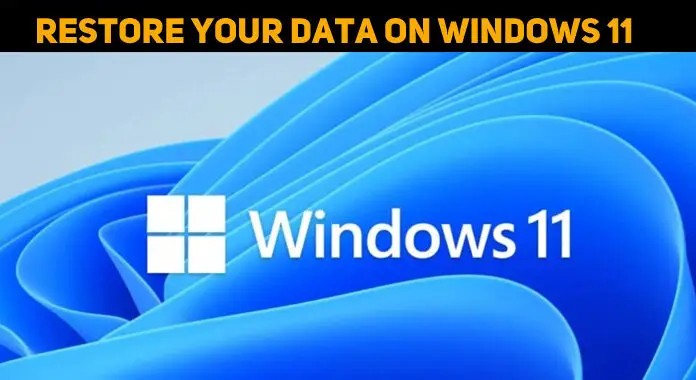Asked By
anonymous
7060 points
N/A
Posted on - 10/19/2011

How does the IP version 4 differ from IP version 6? How many addresses could be available on IP version 6?
Answered By
lee hung
75 points
N/A
#81117
IP Version 4 vs IP Version 6

Hi Sarah,
The reason why IPV6 (Internet Protocol Version 6) was introduced is to provide a large or wide range of address spaces since IPV4 (Internet Protocol Version 4) was running out of address spaces.
IPV6 uses 128 bits compared to IPV4 which uses only 32 bits, hence it solves the problems that were posed by IPV4 by giving a large range of address space, which seemingly cannot be exhausted any soon.
Most people have already started using IPV6, especially in the big firms and organizations that use a lot of computers on their network that require a wide range of IP addresses to be used.
Hope this helps.
___
Regards,
Lee Hung.
IP Version 4 vs IP Version 6

Though it’s more unlikely that the internet will run out of internet addresses but it’s more or less to happen. According to news, actually from a mailing list, the final chunks of IPv4 internet addresses have already been distributed. The basic technology that has driven Internet Protocol [IP] addresses ever since the internet was established will soon be depleted.
IPv6, a new technology will be its replacement. It is a system that will not only provide much added numerical addresses but will also make address allocations simpler plus extra network security features. But the conversion from IPv4 into IPv6 will be brutal. Majority of the people are still unfamiliar with IPv4 and IPv6 especially the possible effect of switching to IPv6.
The term IPv4 refers to Internet Protocol version 4 and is the basic technology that allows our devices to connect to the internet. Every time a device connects to the web like Mac, PC, Android and iOS devices, it is allocated with a unique IP address like 202.138.159.78. To make the transferring of data possible, a data packet must be sent across the network which also contains the IP addresses of both devices.
If IP address is not available, communications between computers will not be possible. IPv6 stands for Internet Protocol version 6 or the sixth modification of the Internet Protocol. It has the same functions as with IPv4 but it does show one main distinction that, it applies 128-bit addresses. IPv4 utilizes 32-bits for the internet addresses.












